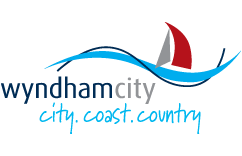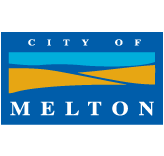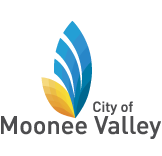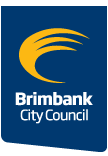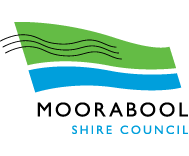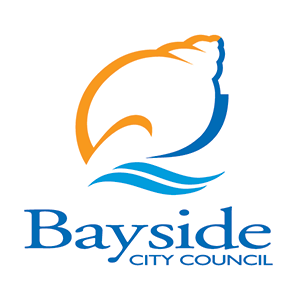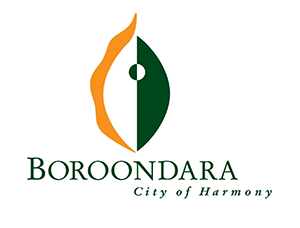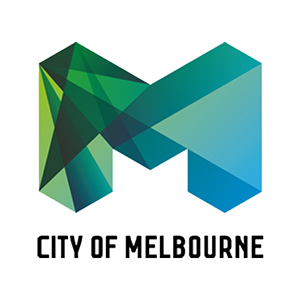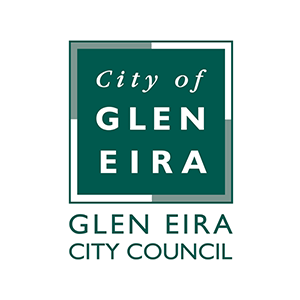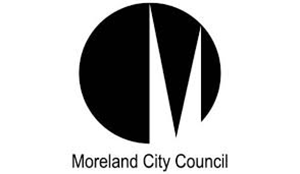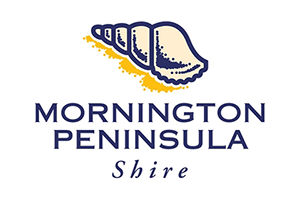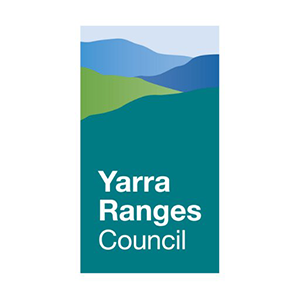Who is at risk, and how are we identifying vulnerable populations?
WHAT CAN I DO?
Experience shows that those who plan and prepare for emergencies can reduce the impact of the emergency, and can recover quicker afterwards. Be prepared with your own Home Emergency Plan so you know what to do in the event of extreme weather, have a plan for where to go, and who you can contact for information and support, if required.
HOW ARE COUNCILS RESPONDING?
All councils have emergency management plans and work with partner agencies such as VIC SES on information provision, training, planning and preparation. Read more...

The Urban Tree Canopy Cover Project
The Urban Tree Canopy Cover project was developed to support the Whittlesea City Council’s Housing Diversity Strategy 2013-2033. The project identified trends in urban tree canopy cover in the established suburbs of the municipality between 2009 and 2017.
The data obtained in this project will support changes to the Whittlesea Planning Scheme to ensure that more canopy trees are delivered as part of new residential development. This is a key design element of the Housing Diversity Strategy, and is an important adaptation strategy to assist community resilience to climate change.

Solar Savers
Solar Savers ran as a pilot project, supporting the installation of solar PV systems on pension households, between May 2017 and June 2019. Solar Savers is a partnership between not-for-profit greenhouse alliances and local councils, funded by the Victorian Government through a New Energy Jobs Fund grant.

Home and Community Care retrofit program
City of Greater Geelong delivered a Home and Community Care retrofit program which involved training their Home and Community Care Council staff about ways to support clients to increase their energy efficiency and reduce their energy bills which can be a big cost for these residents. The program facilitated 134 home sustainability visits to upgrade lighting and appliances to more energy efficient products and resulted in $20,000 in savings for vulnerable households.
